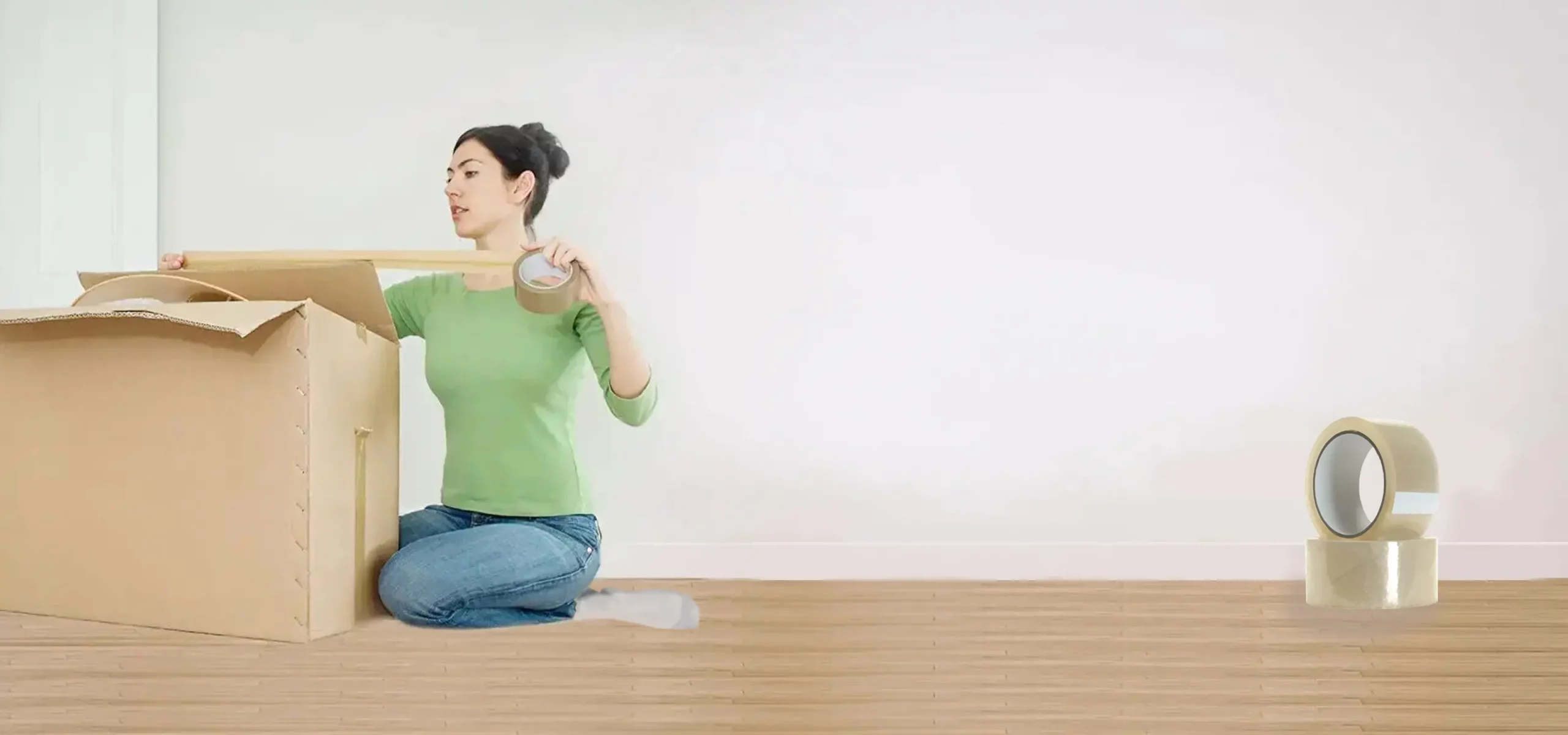Double-Sided Tape Applications and Uses

# Double-Sided Tape Applications and Uses
## Introduction to Double-Sided Tape
Double-sided tape is a versatile adhesive product that features adhesive on both sides, allowing it to bond two surfaces together without visible fasteners. This simple yet effective solution has become indispensable in various industries and everyday applications.
## Common Types of Double-Sided Tape
There are several types of double-sided tape available, each designed for specific purposes:
- Foam tape – Provides cushioning and gap-filling properties
- Thin film tape – Offers minimal thickness for precise applications
- Cloth tape – Flexible and easy to tear by hand
- Acrylic tape – Provides strong, long-lasting bonds
- Removable tape – Allows for temporary bonding without residue
## Industrial Applications
Manufacturing and Assembly
Double-sided tape is widely used in manufacturing for bonding components in electronics, automotive parts, and appliances. It provides a clean alternative to mechanical fasteners while maintaining structural integrity.
Construction and Building
In construction, double-sided tape is used for installing mirrors, panels, and decorative elements. High-strength variants can even replace nails or screws in certain applications.
## Household Uses
Home Decor
From hanging pictures to securing rugs, double-sided tape solves numerous household challenges. It’s particularly useful for renters who need temporary solutions that won’t damage walls.
Crafting and DIY Projects
Crafters love double-sided tape for scrapbooking, card making, and other creative projects where glue might be too messy or slow-drying.
## Specialized Applications
Automotive Industry
Car manufacturers use double-sided tape for attaching trim, emblems, and even some structural components. It reduces weight compared to mechanical fasteners.
Medical Field
Special medical-grade double-sided tapes are used for securing devices to skin or attaching components in medical equipment.
## Choosing the Right Double-Sided Tape
When selecting double-sided tape, consider these factors:
- Surface materials being bonded
- Required bond strength
- Environmental conditions (temperature, moisture)
- Duration of the bond needed
- Removability requirements
## Tips for Effective Use
Surface Preparation
Clean and dry surfaces thoroughly before application for maximum adhesion. Some surfaces may benefit from light sanding or priming.
Application Technique
Apply firm, even pressure after placement. For large areas, use a roller to ensure complete contact between surfaces.
Removal Methods
For stubborn tape, use heat (from a hairdryer) or adhesive removers. Always test in an inconspicuous area first.
## Future Innovations
The double-sided tape industry continues to evolve with new formulations offering stronger bonds, greater temperature resistance, and eco-friendly options. Smart tapes with conductive properties are emerging for electronic applications.
Keyword: double sided tape